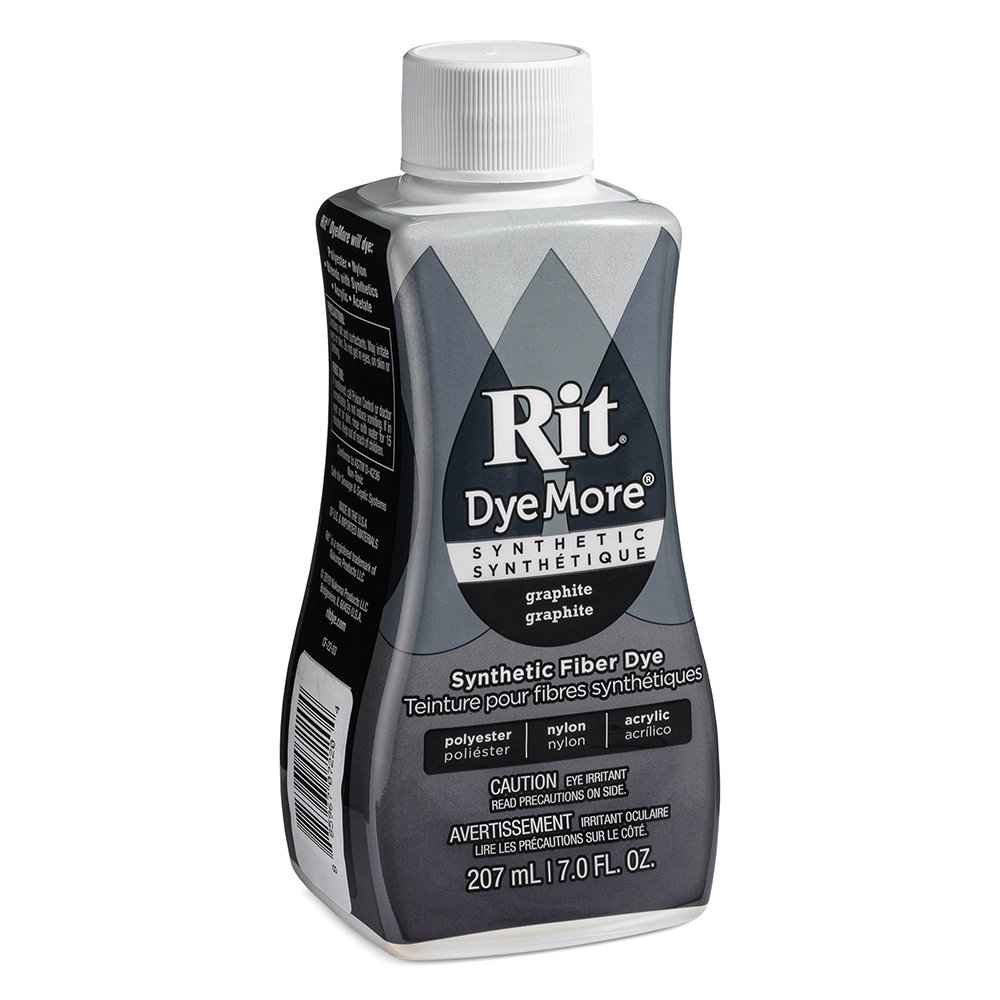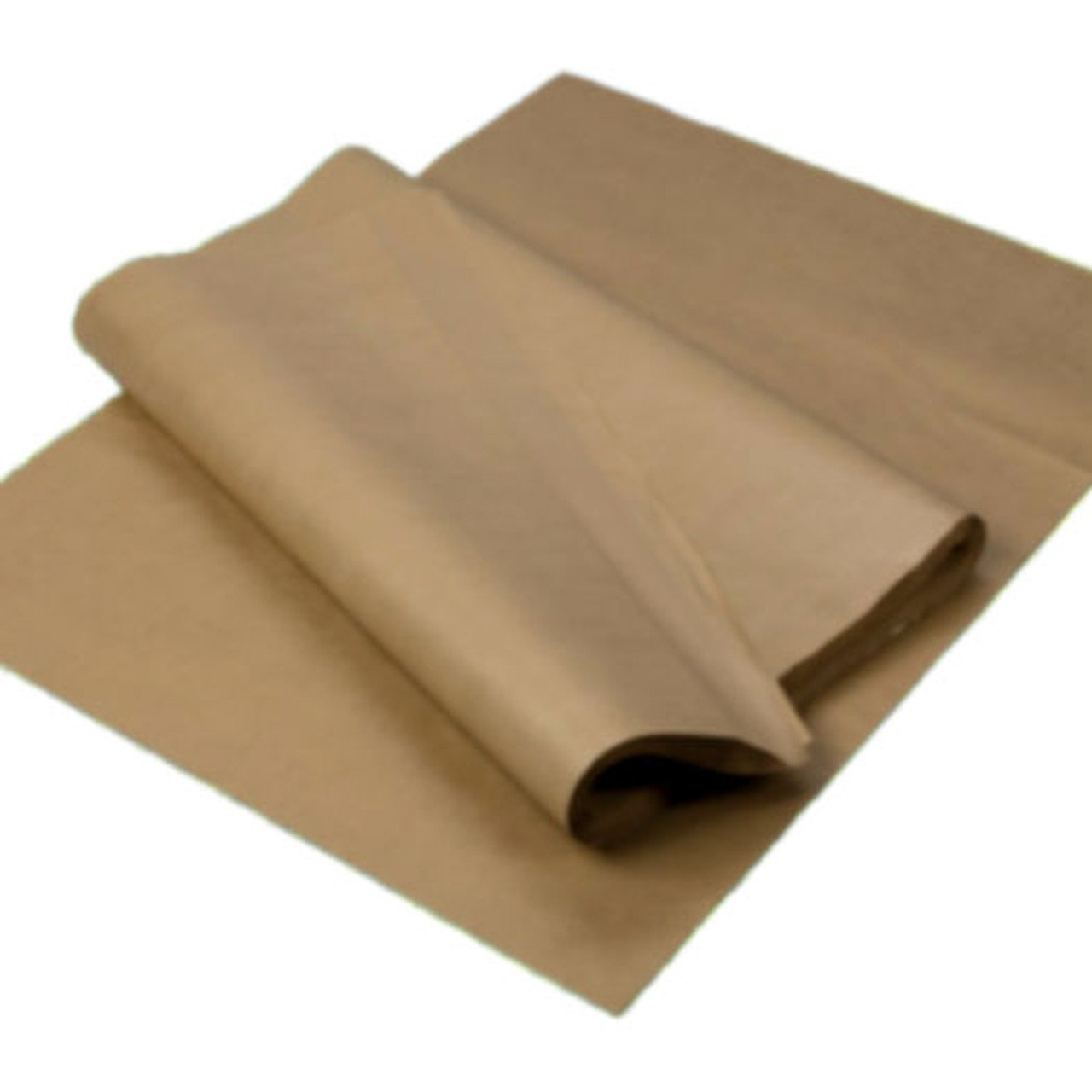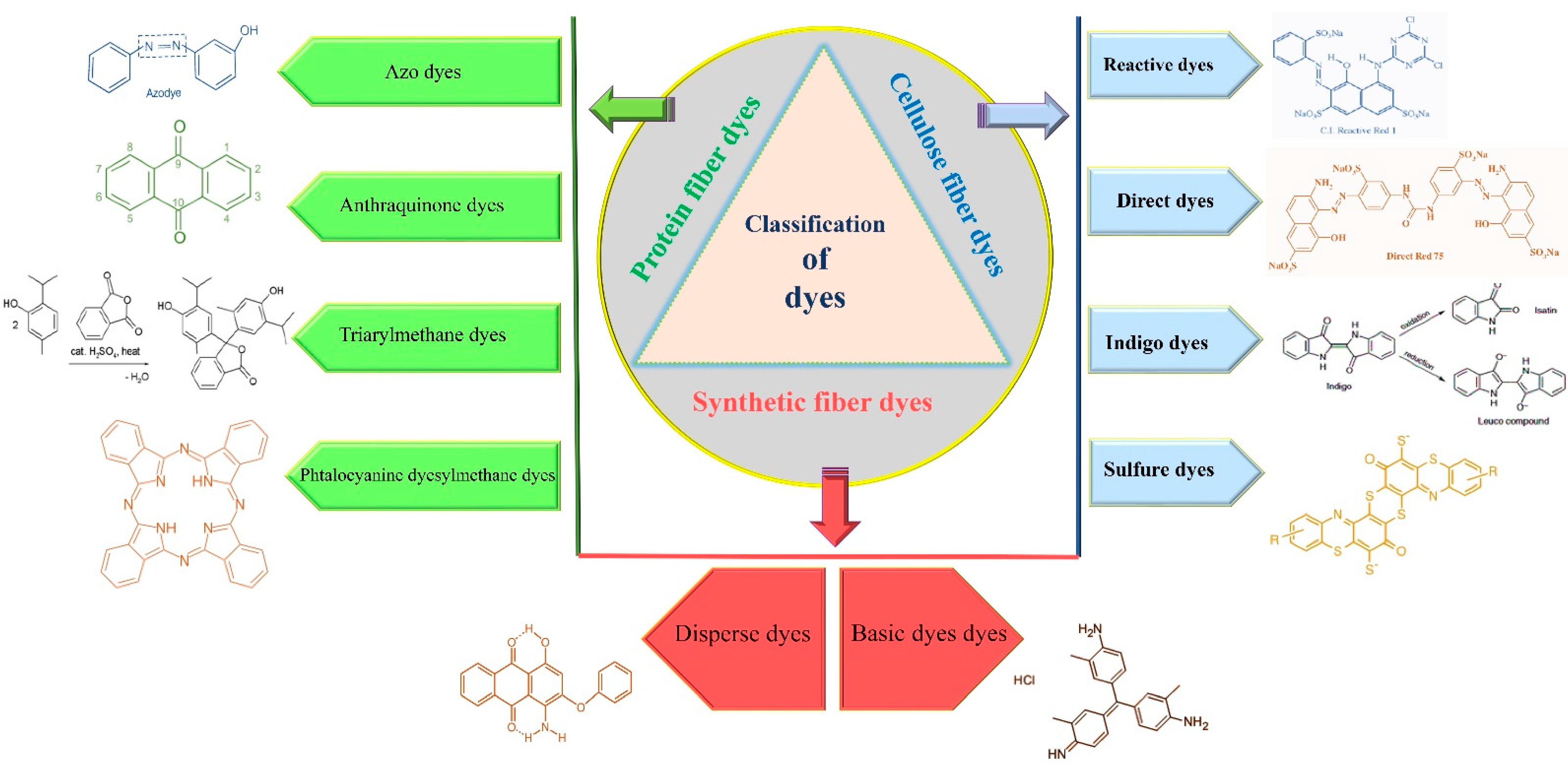
Applied Sciences, Free Full-Text
Natural dyes have been used from ancient times for multiple purposes, most importantly in the field of textile dying. The increasing demand and excessive costs of natural dye extraction engendered the discovery of synthetic dyes from petrochemical compounds. Nowadays, they are dominating the textile market, with nearly 8 × 105 tons produced per year due to their wide range of color pigments and consistent coloration. Textile industries consume huge amounts of water in the dyeing processes, making it hard to treat the enormous quantities of this hazardous wastewater. Thus, they have harmful impacts when discharged in non-treated or partially treated forms in the environment (air, soil, plants and water), causing several human diseases. In the present work we focused on synthetic dyes. We started by studying their classification which depended on the nature of the manufactured fiber (cellulose, protein and synthetic fiber dyes). Then, we mentioned the characteristics of synthetic dyes, however, we focused more on their negative impacts on the ecosystem (soil, plants, water and air) and on humans. Lastly, we discussed the applied physical, chemical and biological strategies solely or in combination for textile dye wastewater treatments. Additionally, we described the newly established nanotechnology which achieves complete discharge decontamination.

Applied Sciences An Open Access Journal from MDPI

Machine Learning Language Detection Dataset - Colaboratory
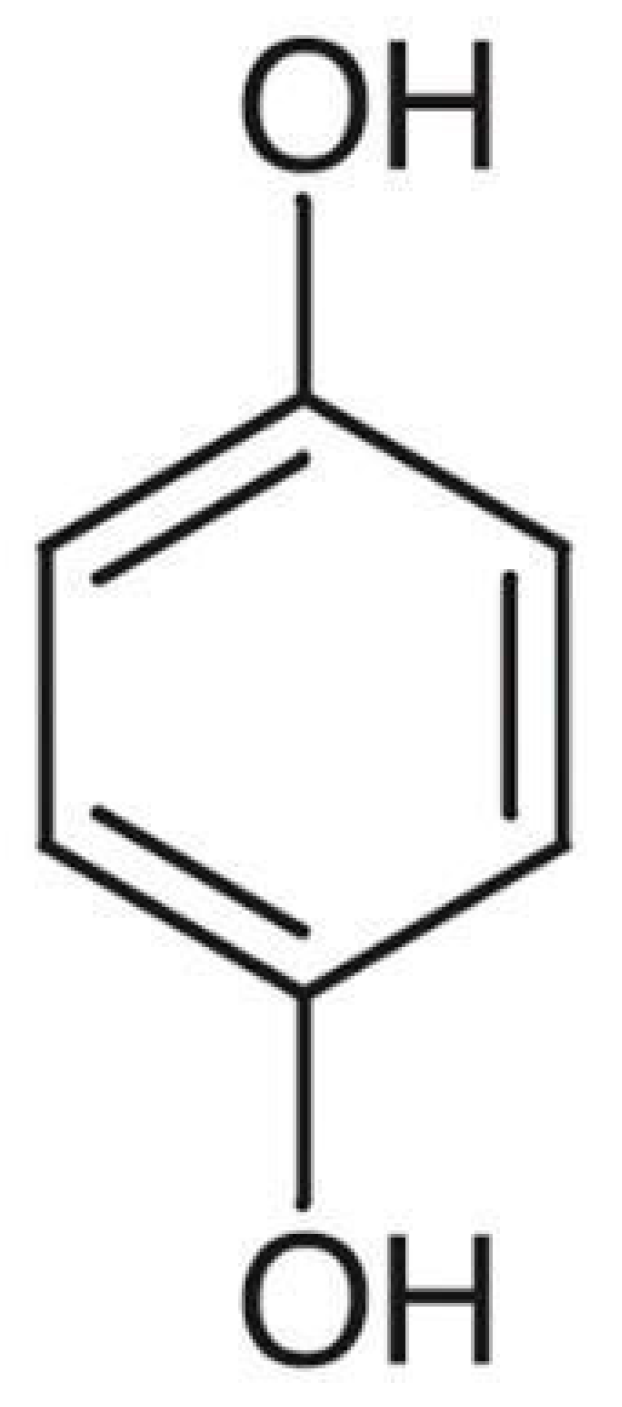
Free Delivery & Gift WrappingApplied Sciences, Free Full-Text
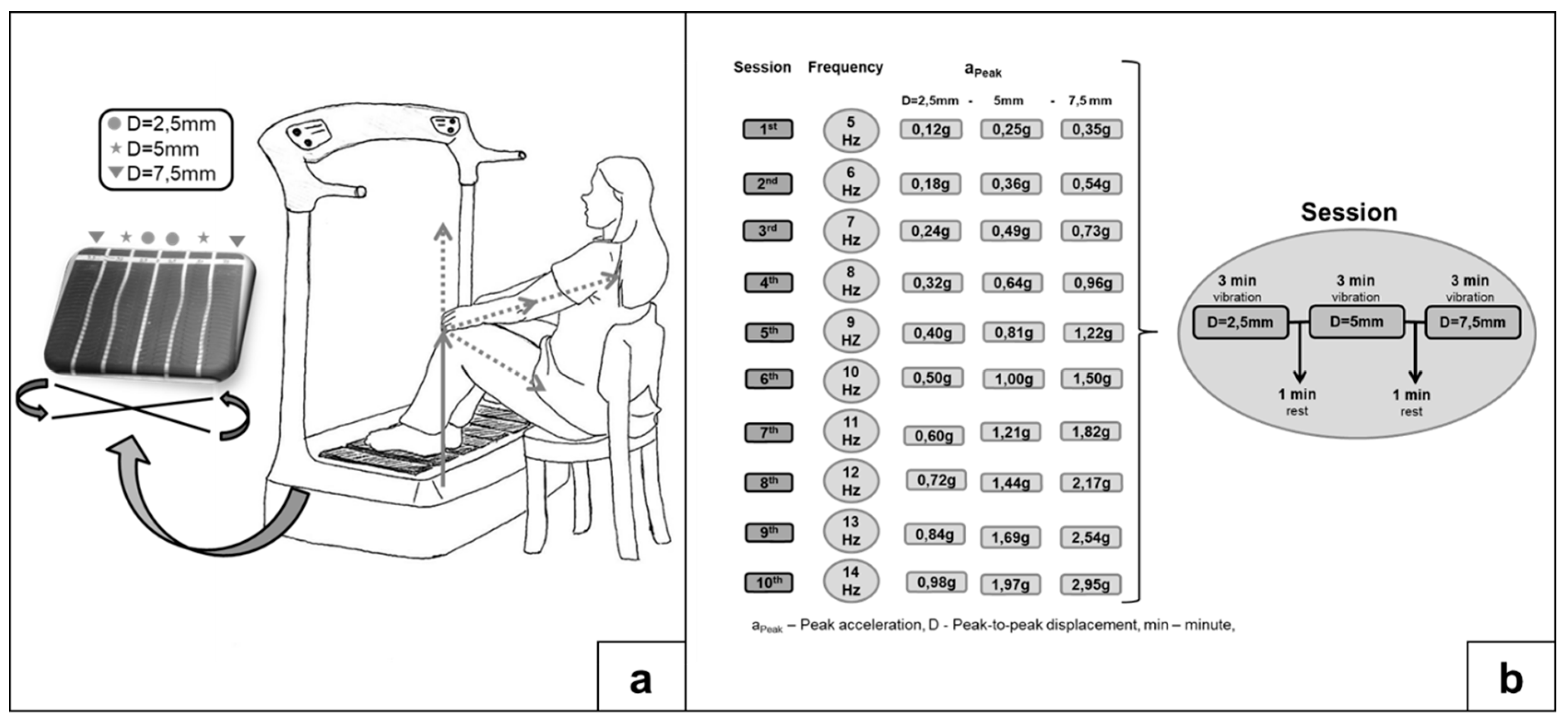
High quality, high discountsApplied Sciences, Free Full-Text, whole body vibration wbv therapy
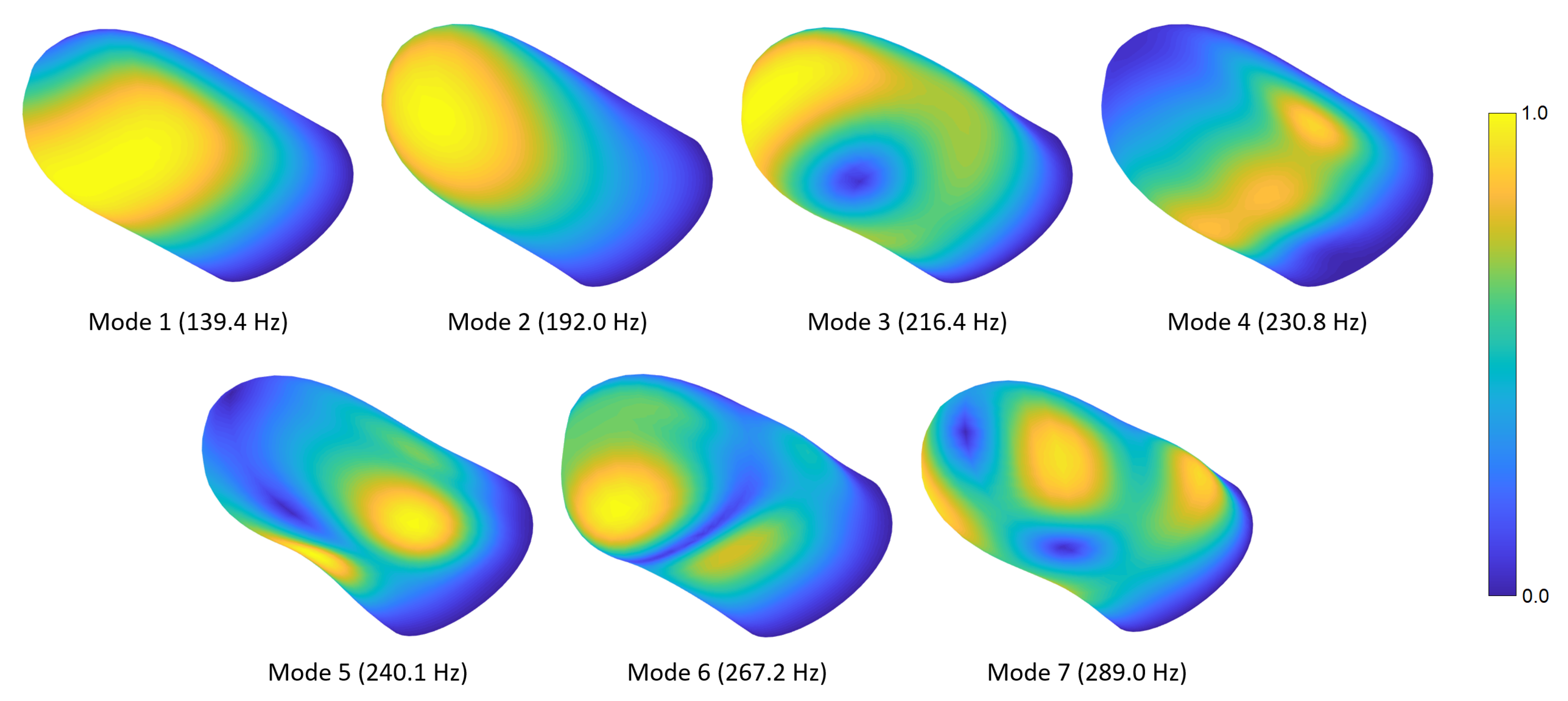
Priced Just RightApplied Sciences, Free Full-Text, humans vibrate at 3 frequencies
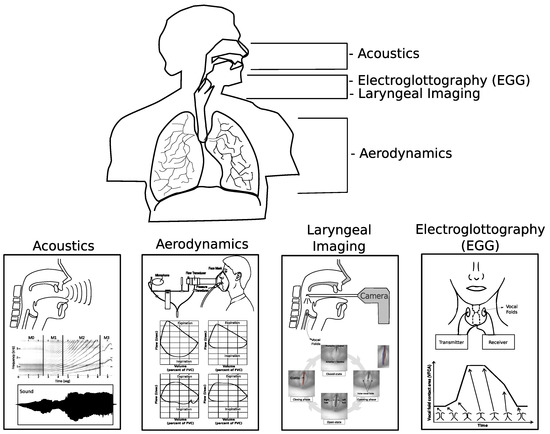
A Wise ChoiceApplied Sciences, Free Full-Text, larynx vibration
